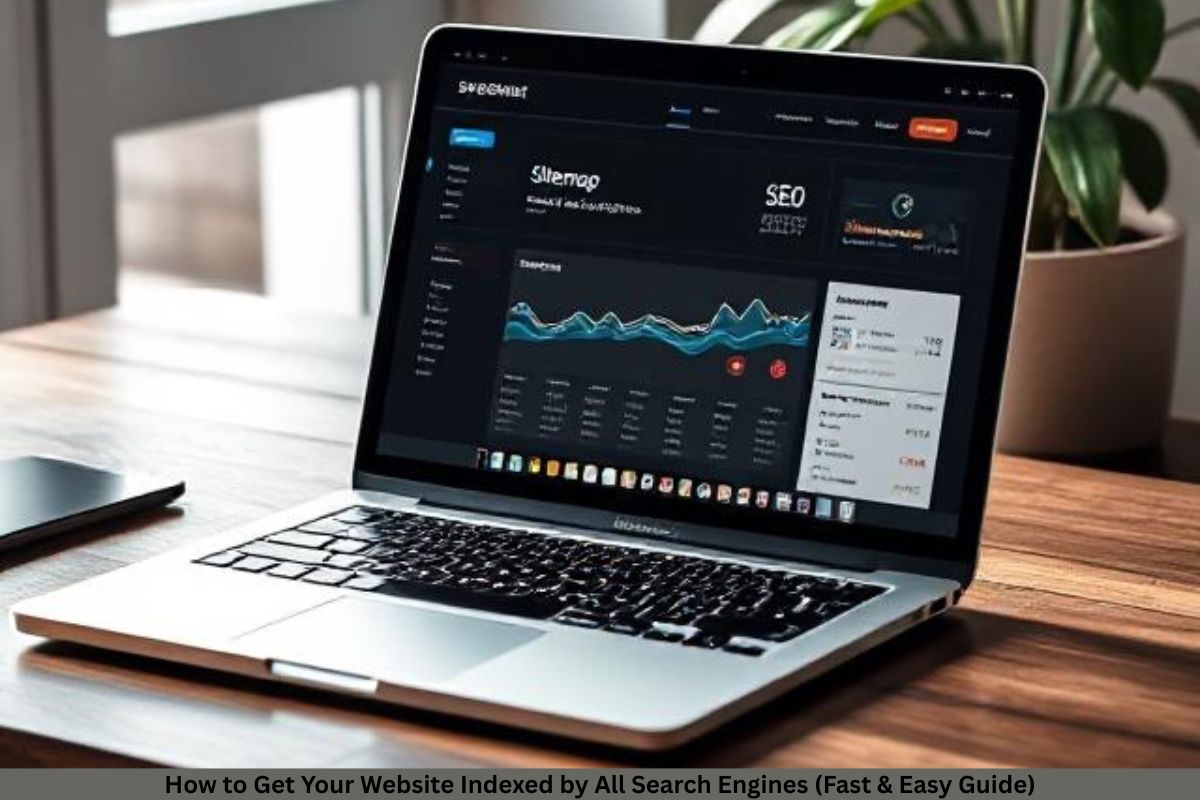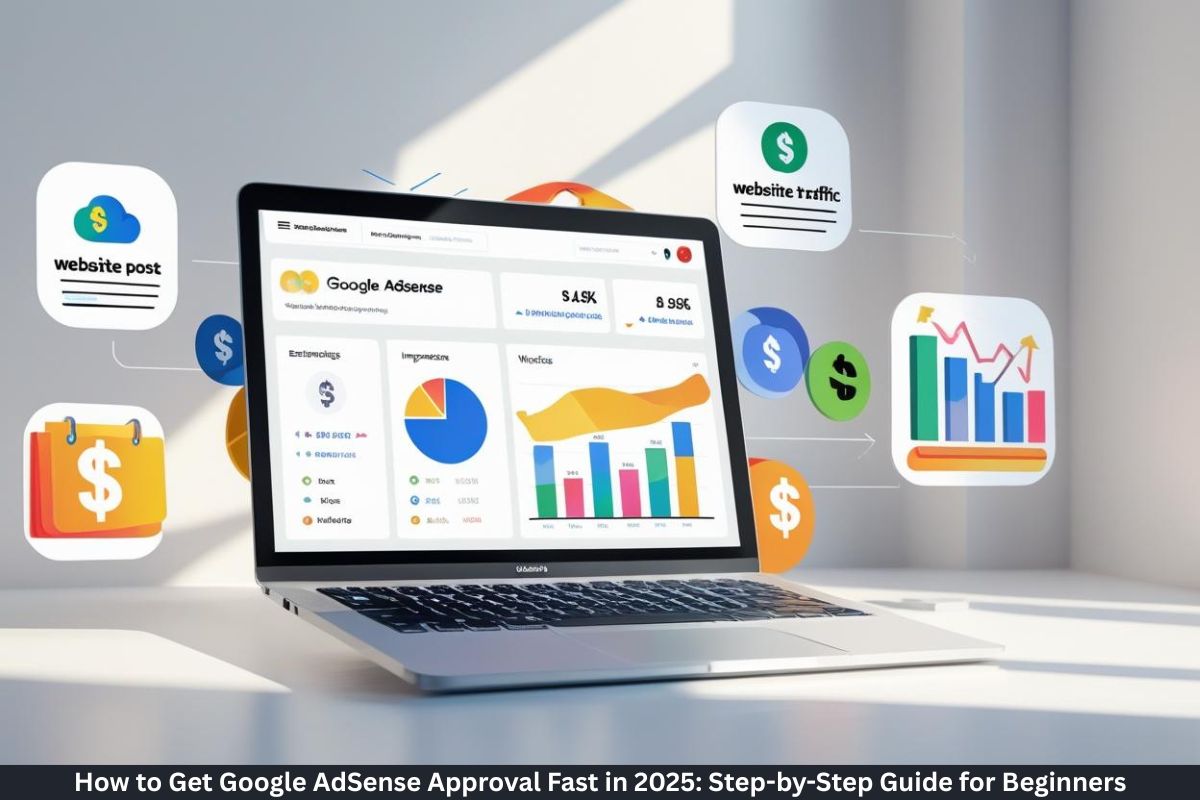Want to show up in Google, Bing, or even Yandex search results? Then you have to get your website listed. Think of SERPs like massive virtual libraries. If your web page isn’t of their device, it’s like you don’t exist. No matter how extremely good your content material is, it won’t matter if search engines like Google can’t discover it. So, how do you ensure your website is listed everywhere? Let’s smash it down.
What Does It Mean to Get Indexed?
Definition of Indexing
Indexing method: Your website’s pages are delivered to a search engine’s database. It’s like getting your book listed in the library catalog—customers can’t borrow it if they don’t realize it exists.
Crawling vs. Indexing
Before indexing happens, search engines like Google and Yahoo ship out “crawlers” (additionally called spiders or bots) that explore the web. Crawling is like analyzing a book. Indexing is like writing a precis of that book and storing it on a library shelf. You need both steps to show up in search results.
How Search Engines Work
Crawlers and Bots Explained
Googlebot, Bingbot, and different bots continuously browse the web. They follow links from one web page to another, accumulating statistics.
The Search Engine Database
Once a bot visits a page, it makes a decision whether or not it ought to index the page. If it does, the content is stored in the search engine’s giant index, prepared to be served up in response to look queries.
Preparing Your Website for Indexing
Ensure Your Site Is Live and Functional
A broken or unfinished website is vain to both customers and bots. Make sure your area is lively, pages load effectively, and there are no server errors.
Use HTTPS and a Clean URL Structure
Secure websites rank better and are desired by search engines. Also, URLs like yourwebsite.Com/about-us are a good deal simpler to move slowly than yourwebsite.Com/web page?Id=123.
Submit Your Website to Search Engines
Google Search Console
Sign up at Google Search Console, verify your website, and publish your sitemap. This is your direct line to Google.
Bing Webmaster Tools
Bing remains utilized by millions, in particular through Microsoft devices. Go to [Bing Webmaster Tools](https://www.Bing.Com/site owners/), confirm your website online, and post your sitemap there too.
Other Search Engines
Don’t forget about Yahoo, Yandex (Russia), or Baidu (China) if your target market is worldwide. Each has its own webmaster tools for submission.
Create and Submit a Sitemap
What Is a Sitemap?
A sitemap is a file that lists all of the pages on your website. It tells bots to move slowly.
XML vs. HTML Sitemaps
XML sitemaps are for engines like Google; HTML sitemaps are for customers. Ideally, use both.
Submitting Your Sitemap
After developing one (equipment like Yoast or Screaming Frog helps), upload it through your robots.txt and submit it to your search engine webmaster tool details.
Use Robots.Txt Wisely
What Is Robots.Txt?
This report tells search engines like Google which elements of your website to crawl and which to bypass.
How to Allow or Disallow Bots
Use this document cautiously. One wrong rule, like Disallow: /, can block your whole web page from being crawled. Always double-test it.
Optimize Your Website for Crawlers
Improve Site Speed
Bots love fast websites. Use tools like Google PageSpeed Insights or GTMetrix to speed things up.
Fix Broken Links
Bots hate useless ends. Check for broken internal or outbound links and fix them.
Use Mobile-Friendly Design
Google indexes mobile-first. If your website isn’t mobile-friendly, you’re already in the back of.
Use Internal Linking
Why Internal Links Help
Internal hyperlinks assist crawlers in locating new pages on your site. Plus, they spread link fairness.
How to Structure Internal Links
Use a pyramid structure along with your homepage on top, category pages beneath, and articles/posts at the lowest. Always link logically and naturally.
Build Backlinks to Your Site
The Role of Backlinks in Indexing
High-quality backlinks from indexed websites drive crawlers to your pages.
Ways to Get Quality Backlinks
Guest running a blog, partnerships, directories, and content marketing are all tremendous techniques. Focus on relevance and authority.
Leverage Social Media and Content Sharing
Social Signals and Indexing
While Google says social signals don’t without delay affect ranking, they do assist bots find out your content quicker.
Content Syndication Platforms
Use Medium, Reddit, or Quora to share and hyperlink to your content. Just avoid replica content material—continually hyperlink, don’t copy-paste.
Monitor Indexing Status
Google Search Console Coverage Report
This report suggests you what’s listed, what’s no longer, and why. Fix problems as they seem.
Manual Search Commands
Search site: yourwebsite.com on Google to see how number of pages are listed.
Avoid Common Indexing Mistakes
Noindex Tags
Accidentally using <meta name="robots" content="noindex"> can save you from indexing.
Orphan Pages
Pages with no internal links are tough to find. Always hyperlink to new content material.
Duplicate Content
Google won’t index more than one version of the same content. Use canonical tags to make clear which model is desired.
Use Structured Data Markup
What Is Schema.Org?
It’s a standard for labeling content (like evaluations, recipes, or events) so bots understand it better.
Benefits for Indexing and Ranking
While it doesn’t assure better rankings, it does help SERPs recognize and display your content greater successfully—assume wealthy snippets!
Keep Your Site Updated
Fresh Content = Frequent Crawls
Google loves active sites. Posting new blogs or updating vintage pages continues to attract crawlers returning.
Blogging and Content Calendars
Plan and schedule ordinary content material. Even one new post every week can make a difference.
Conclusion
Getting your website listed by using all fundamental search engines isn’t rocket science, but it does take a bit of work. You must be proactive: put up your website, construct smart links, avoid technical errors, and constantly offer value via content. With consistency and the right gear, your web page will start displaying up exactly where it ought to—at the top of seek results!
FAQs
What’s the fastest way to get listed?
Submitting your sitemap to Google Search Console and building backlinks from already-listed websites can dramatically speed up the technique.
How long does indexing take?
It varies—anywhere from a few hours to several weeks relying to your web page’s authority, shape, and submission strategies.
Can I get indexed without a sitemap?
Yes, but it’s no longer advocated. A sitemap facilitates search engines’ crawling more successfully and allows them to discover all of your pages.
Does paid marketing have an effect on indexing?
No, indexing and paid marketing (like Google Ads) are separate. Ads don’t affect crawling or indexing conduct.
What tools can I use to test indexing?
Google Search Console, Bing Webmaster Tools, and guide commands like website: yourdomain.com can assist in tracking indexed pages.




